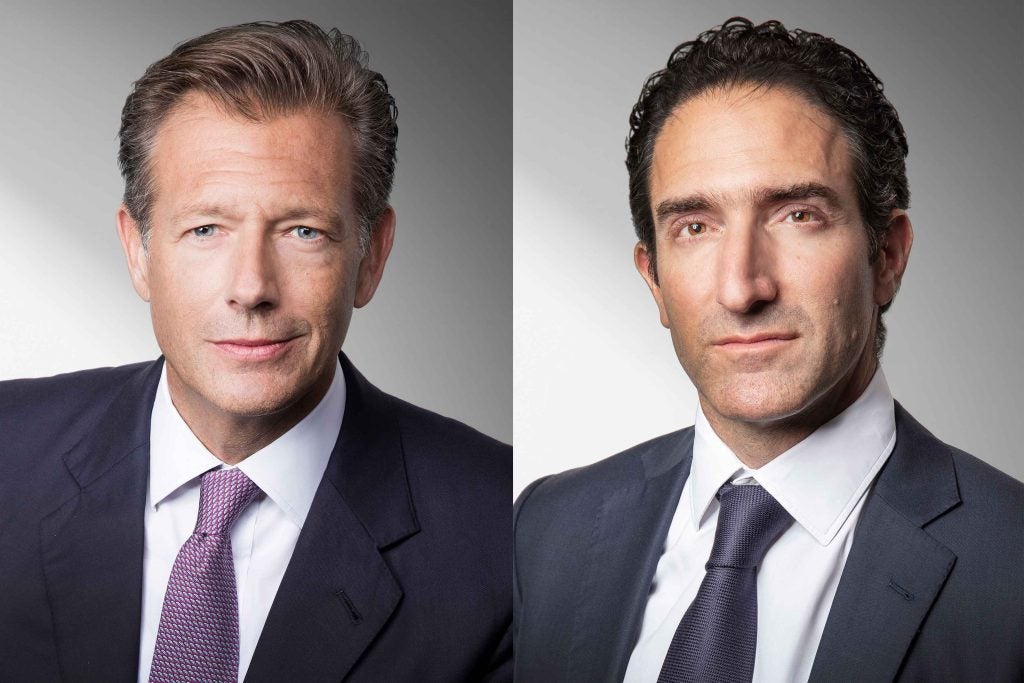
The number of high net worth individuals in the Asia-Pacific region has grown strongly since 2007. New research by WealthInsight charts the rise of APAC’s wealth centres, singling out Vietnam and Indonesia, as countries to watch.
Surabaya, Medan and Bandung are three Indonesian cities that you may not have heard of. In the next few year they could become a lot more well-known.
The high net worth community in emerging Asia has been booming led by Indonesia and Vietnam which are offering up a whole host of potential high net worth hotspots like these three Indonesian cities.
All of this has been fed by a general growth in the region. As of 2011, there are over 23,800 multi-millionaires in the Asia-Pacific region (APAC includes all Asian Pacific countries with the exception of Japan), accounting for around a fifth of total worldwide UHNWI volumes.
Recent research by WealthInsight, the London based global wealth consultancy, which looks at 60 different Asian cities details how the APAC HNW landscape will look in 2016, detailing a range of new opportunities in the region’s wealth sector.
WealthInsight’s report on the APAC region – Asian Cities Wealth Book 2012 – looks at a review period stretching back to 2007 and a forecast period stretching to 2016 and shows rapid growth in APAC wealth.
How well do you really know your competitors?
Access the most comprehensive Company Profiles on the market, powered by GlobalData. Save hours of research. Gain competitive edge.

Thank you!
Your download email will arrive shortly
Not ready to buy yet? Download a free sample
We are confident about the unique quality of our Company Profiles. However, we want you to make the most beneficial decision for your business, so we offer a free sample that you can download by submitting the below form
By GlobalDataAPAC multi-millionaires performed well over the review period, increasing in number by over 30%, even as the number of millionaires declined globally. Looking forward, the number of APAC ultras is expected to rise by another 62%, reaching just over 38,600 ultras by 2016.
China will add the highest number in absolute terms, but the fastest growth will be in less developed markets like Vietnam and Indonesia.
At the end of 2011, Singapore was the largest APAC city for UHNWIs, followed by Hong Kong and Beijing. WealthInsight expects Singapore to overtake Switzerland by 2020 to become the largest global offshore private banking market by assets under management (AuM).
APAC Ultras: Growth Cities
Of the 60 APAC cities analysed by WealthInsight, the fastest growing city was Ho Chi Minh City in Vietnam (157% growth), followed by Surabaya in Indonesia (130% growth). Notably, seven on the top 10 fastest growing cities were located in Indonesia.
The majority of the top growth cities over the review period benefitted from a low initial volume of multi-millionaires.
Of the major UHNWI wealth centres, Jakarta was the top performing location, with an increase in the volume of multi-millionaires of 116%. The number of ultras in Mumbai and Hangzhou also increased substantially.
Singapore swings
Singapore is the premier private banking destination in the APAC region with over $550bn in AuM at the end of 2011, well ahead of Hong Kong ($250bn).
Singapore has built a reputation as one of the most investor- and trade-friendly countries in the world. It was ranked first out of 183 economies in the world on ease of doing business in a World Bank report.
With its strategic location, Singapore is a natural business and trading hub for South-East Asia. Its stable regulatory structure, tax- and business-friendly environment has attracted global wealth managers, private banks and HNWIs, enhancing the sector’s growth.
Indeed, the increased demand for Singapore’s financial advisory and private wealth services has boosted the salaries of some leading relationship managers in Singapore’s wealth sector to almost twice the level of those found in Switzerland.
With the highest density of HNWIs in the world, Singapore has also become one of the world’s leading offshore wealth centers: offshore assets account for 80% of Singapore’s total managed asset base.
The Asia-Pacific region remains the dominant source of offshore assets managed from Singapore, amounting to almost two-thirds of the AuM in 2011. Fast growing wealth markets like China, India, Indonesia and Malaysia are major sources of offshore investments in Singapore.
Singapore has profited from a loss of confidence among many HNWIs and UHNWIs in bank secrecy laws in traditional offshore centers. A combination of wealth growth in the APAC region and regulatory scrutiny in Europe should see Singapore overtake Switzerland as the largest global offshore private banking market by 2020.
Switzerland is currently the largest offshore private banking center in the world, with a 34% share of the global market. But the country’s wealth management model has come under intense pressure.
Advanced economies are increasing their oversight of cross-border banking and tax havens; HNWIs, particularly from Europe, are being increasingly compelled to retain assets in their country of residence or utilise other offshore centers.
WealthInsight projects Swiss offshore AuM will drop from $2.8trn at the end of 2011, to under $2trn by 2016.
Databank
APAC UHNWIs performed well over the review period, rising by almost a third between 2007 and 2011. At the end of 2011, Singapore was the largest APAC city by UHNWIs (3,154 ultras), followed by Hong Kong and Beijing.
Singapore is the premier private banking destination for the APAC region, and the fastest growing wealth centre in the world, with over $550bn in AuM at the end of 2011.







